Russ wasn’t always the happy-go-lucky dog he is today. His early life was shrouded in uncertainty, spent within the confines of a shelter, surrounded by the barks and anxieties of countless other lost souls. But fate had a different plan for Russ, a twist of destiny that would propel him from the shelter walls into the loving arms of his forever home.
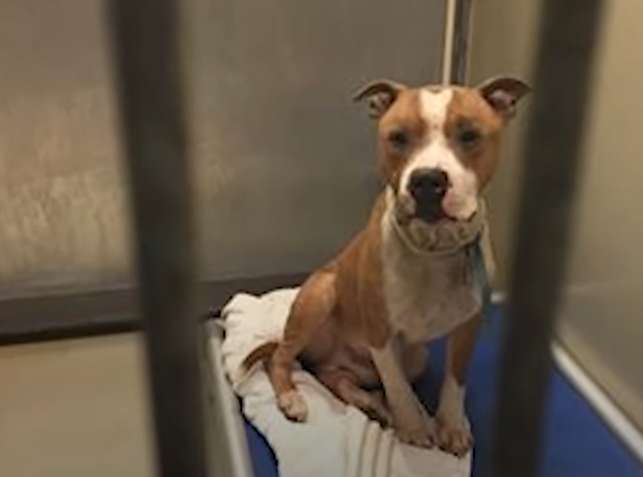
It all started with a photograph. A volunteer, captivated by Russ’s serene demeanour amidst a room filled with agitated barks, captured a photo that went viral. The image, a beacon of calm amidst the chaos, resonated with many, including a young individual who, despite having roommates and a demanding school schedule, decided to take a chance on Russ.
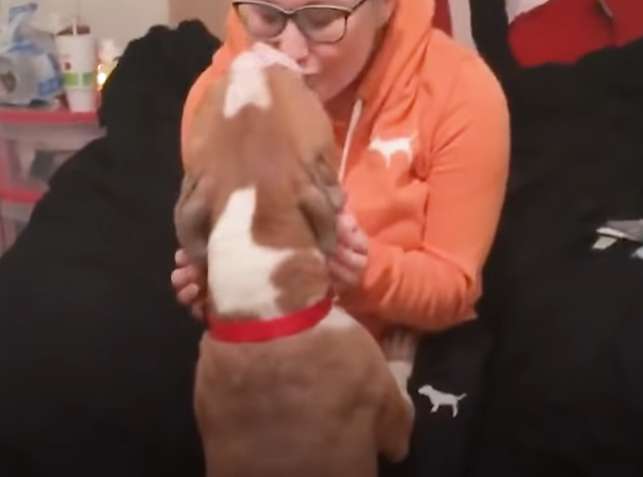
From the moment they met, an undeniable connection sparked between them. Russ, with his goofy grin and boundless affection, quickly became a constant companion. His owner, touched by the unwavering loyalty Russ displayed, felt a deep sense of responsibility towards the dog who had seemingly understood the gift of a second chance.
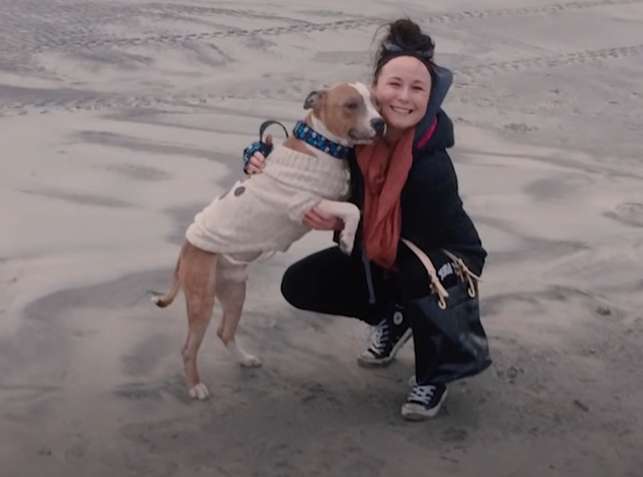
Russ thrived in his new environment. He revelled in the simple joys of daily walks, playtime in the park, and the comforting presence of his owner. His playful antics and unconditional love brought a sense of warmth and joy into the household, a stark contrast to the uncertainty he had endured before.
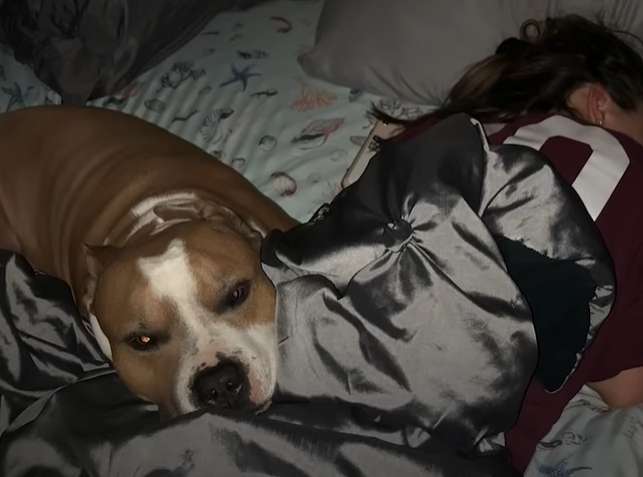
The story doesn’t end there. Recognizing the need for companionship, Russ’s owner decided to welcome another dog, Carson, from the same shelter.
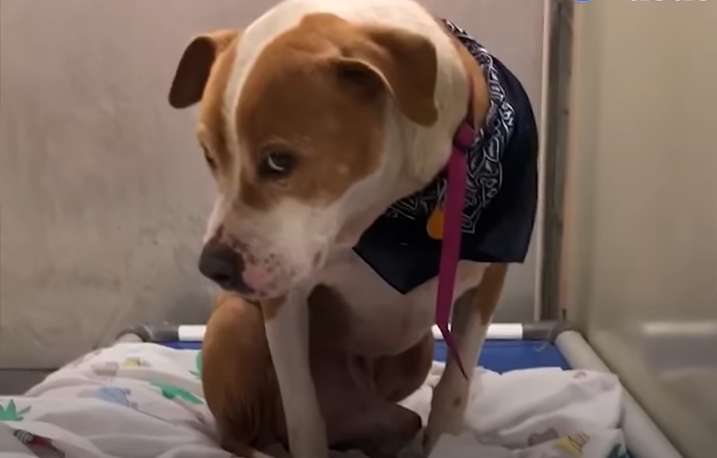
Russ, sensing Carson’s initial apprehension, instinctively embraced his role as a furry guide. He showered Carson with affection, offering him the comfort and security he had received.
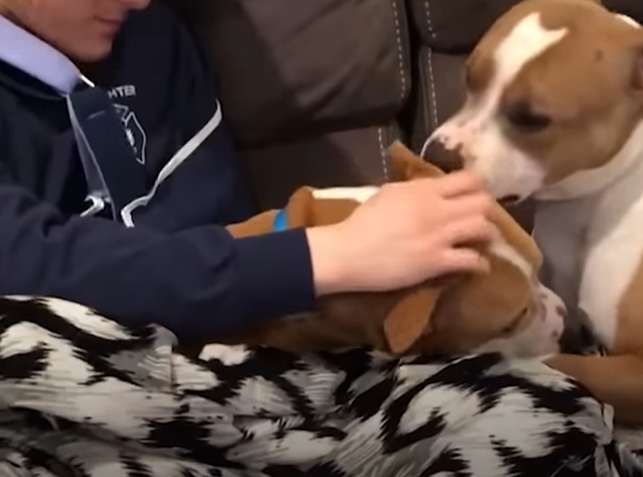
The two dogs quickly became inseparable, their bond deepening with each passing day. They bashed in the sun together, chased squirrels in the park, and curled up on the couch, a testament to the transformative power of friendship and shared experiences.
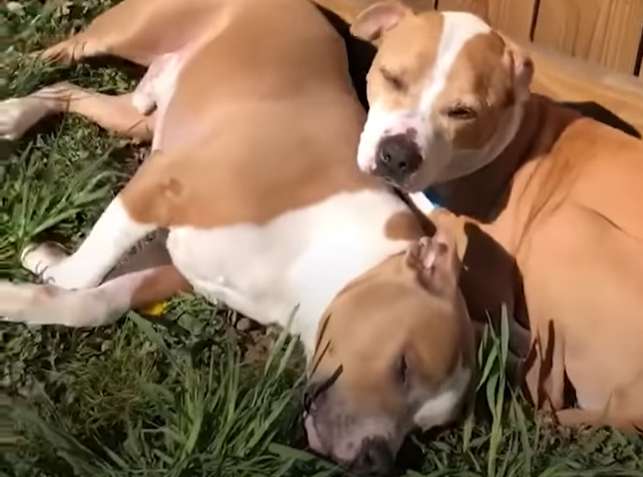
Russ’s story is more than just a heartwarming anecdote; it’s a powerful reminder of the profound impact that adopting a rescued animal can have. It highlights the unwavering loyalty and love that these animals possess, a love that often stems from a deep understanding of the second chance they have been granted.

Russ, the once-sheltered dog who found solace in a viral photo, now lives his best life surrounded by love, companionship, and the unwavering gratitude of his human. His story serves as a beacon of hope, reminding us that even the smallest acts of kindness can have a profound and lasting impact on the lives of both humans and animals.

If you’ve ever noticed your furry companion trembling, it can be a concerning sight. Dogs shaking can be a common behaviour with various underlying reasons. Understanding why your dog is shaking is essential for their well-being and your peace of mind. When your dog starts shaking, it’s crucial to pay attention to their environment, recent activities, and any changes in behaviour.
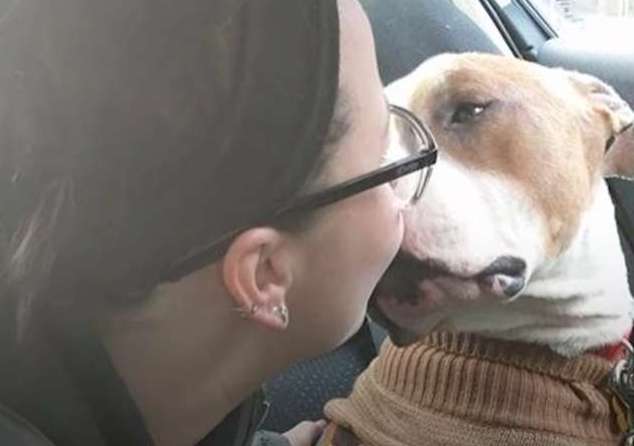
Dogs communicate through body language, and shaking is often their way of expressing something that isn’t quite right. Whether it’s excitement, fear, cold, pain, or a medical condition, deciphering the root cause of your dog’s shaking is the first step in addressing their needs effectively.
Watch The Full Video Here:
Understanding Canine Shivering
When your furry companion starts shaking, it can be concerning. Here’s what you need to know to understand why your dog might be shivering:
- Temperature Regulation: Dogs may shiver to regulate their body temperature. If they are cold, they shiver to produce heat and warm up.
- Anxiety and Stress: Like humans, dogs can get anxious and stressed, leading to shivering. Changes in their environment or routine can trigger this response.
- Pain or Discomfort: Shivering could be a sign of pain or discomfort. Your dog might be in discomfort due to an injury or an underlying medical condition.
- Fear and Excitement: Dogs may shake when they are afraid or overly excited. It’s their way of expressing emotions they can’t communicate verbally.
- Medical Conditions: Sometimes, shivering can be a symptom of health issues such as fever, hypoglycemia, or neurological problems. It’s essential to consult a veterinarian if you notice persistent shaking.
Understanding why your dog is shaking can help you provide the necessary care and attention they need. Keep an eye on their behavior and, if in doubt, always seek advice from a professional to ensure your furry friend stays healthy and happy.
Common Reasons for Dog Shaking
Anxiety and Stress
When your dog feels anxious or stressed, it may start shaking. Loud noises, new environments, separation, or unfamiliar people can trigger these feelings in your furry friend.
Temperature Regulation
Dogs regulate their body temperature through shaking. If they’re cold or wet, shaking helps generate heat and dry off. It’s a natural response to maintain their comfort.
Pain and Discomfort
Pain from injuries, arthritis, or other health issues can cause your dog to shake. If you notice consistent shaking, it’s essential to have your pet checked by a vet.
Fear and Fright
Fearful situations like thunderstorms, fireworks, or encounters with aggressive animals can lead to shaking. Understanding and comforting your dog during these times is crucial.
Excitement
Sometimes, dogs shake when they’re overjoyed or excited. This is often seen during playtime, anticipating a walk, or when receiving treats.
Medical Conditions
Underlying medical conditions such as neurological disorders, poisoning, or infections may manifest through shaking. Seeking veterinary care is vital to diagnose and treat any health issues.
- Environment: Check for any triggers causing stress or fear.
- Physical Wellness: Ensure your dog is not in pain or discomfort.
- Behavior Changes: Monitor any shifts in behavior indicating distress.
- Routine Vet Visits: Regular check-ups help catch early signs of medical conditions.
Understanding these common reasons for dog shaking can help you support and care for your pet better. If shaking persists or is accompanied by other concerning symptoms, consult your vet promptly.
Diagnostic Steps to Address Dog Shaking
Observing Your Dog’s Behavior:
Watch for any additional symptoms accompanying the shaking, such as lethargy, loss of appetite, or unusual vocalizations.
Assessing the Environment:
Check for potential triggers in your dog’s surroundings, like loud noises, unfamiliar people, or extreme temperatures.
Reviewing Recent Activities:
Consider any recent changes in routine, diet, or exposure to new stimuli that could be leading to your dog’s shaking.
Monitoring Shaking Patterns:
Take note of when the shaking occurs – Is it continuous or intermittent? Happening during specific activities or at random times?
Seeking Veterinary Care:
If your dog continues to shake or displays worrying symptoms, consult a veterinarian to rule out any underlying medical conditions.
Home Care and Prevention Tips for Dog Shaking
When it comes to caring for your shaking dog, there are several proactive steps you can take to ensure their well-being and prevent any further discomfort. Here are some practical tips to help you support your furry friend:
- Maintain a Calm Environment: Create a peaceful and safe space for your dog to relax. Loud noises, unfamiliar visitors, or chaotic surroundings can contribute to their shaking. Ensure they have a quiet and secure place to retreat to when needed.
- Provide Comfort and Reassurance: Your dog may be shaking due to stress or anxiety. Offer comforting gestures like gentle petting, soothing words, and cuddles to help them feel secure and loved. Your reassuring presence can go a long way in calming their nerves.
- Regular Exercise and Playtime: Engage your dog in regular physical activities to keep them mentally and physically stimulated. Exercise not only helps to alleviate stress and anxiety but also promotes overall well-being. Playtime also strengthens the bond between you and your pet.
- Balanced Diet and Hydration: Ensure your dog is receiving a nutritious and well-balanced diet to support their health. Proper hydration is essential too. Consult with your vet to determine the appropriate diet and feeding schedule for your dog’s specific needs.
- Regular Vet Check-Ups: Schedule routine veterinary visits to monitor your dog’s health and catch any potential issues early on. Your vet can provide guidance on preventative care, vaccinations, and overall well-being strategies tailored to your pet.
- Grooming and Hygiene: Keep your dog clean and well-groomed to prevent any skin irritations or discomfort. Regular grooming also allows you to check for abnormalities such as ticks, wounds, or lumps that may be contributing to your dog’s shaking.
By following these home care and prevention tips, you can create a supportive environment for your shaking dog and promote their overall health and happiness. Remember, your love, attention, and proactive care play a vital role in ensuring your furry companion’s well-being.
Conclusion
That’s the lowdown on why your furry friend might be shaking. Remember, understanding the reasons behind it is key to keeping your dog happy and healthy. By creating a calm and loving environment, looking out for any changes, and staying on top of vet visits, you’re already doing a great job at caring for your pet. Keep up the good work and your dog will surely appreciate all the love and attention you’re giving them.
Frequently Asked Questions
Why is my dog shaking?
Dog shaking can be due to various reasons like temperature regulation, anxiety, stress, pain, fear, and underlying medical conditions.
How can I help my shaking dog?
To help your shaking dog, check the environment for stressors, ensure physical wellness, monitor behavior changes, and schedule routine vet visits for early detection of health issues.
What are the proactive steps for home care?
Proactive steps for home care include maintaining a calm environment, providing comfort and reassurance, engaging in regular exercise and playtime, ensuring a balanced diet and hydration, scheduling regular vet check-ups, and maintaining grooming and hygiene practices.